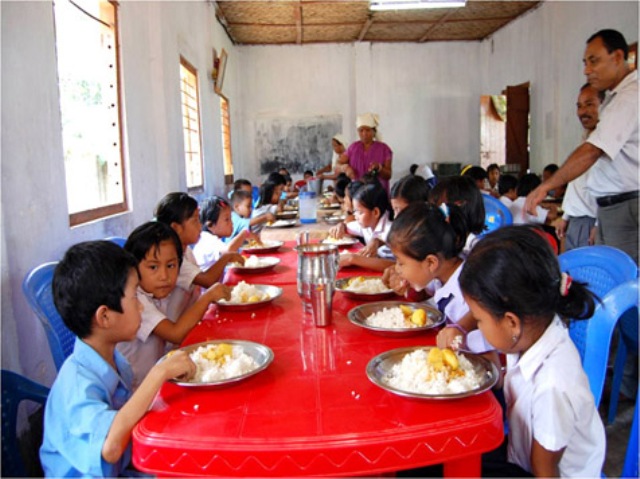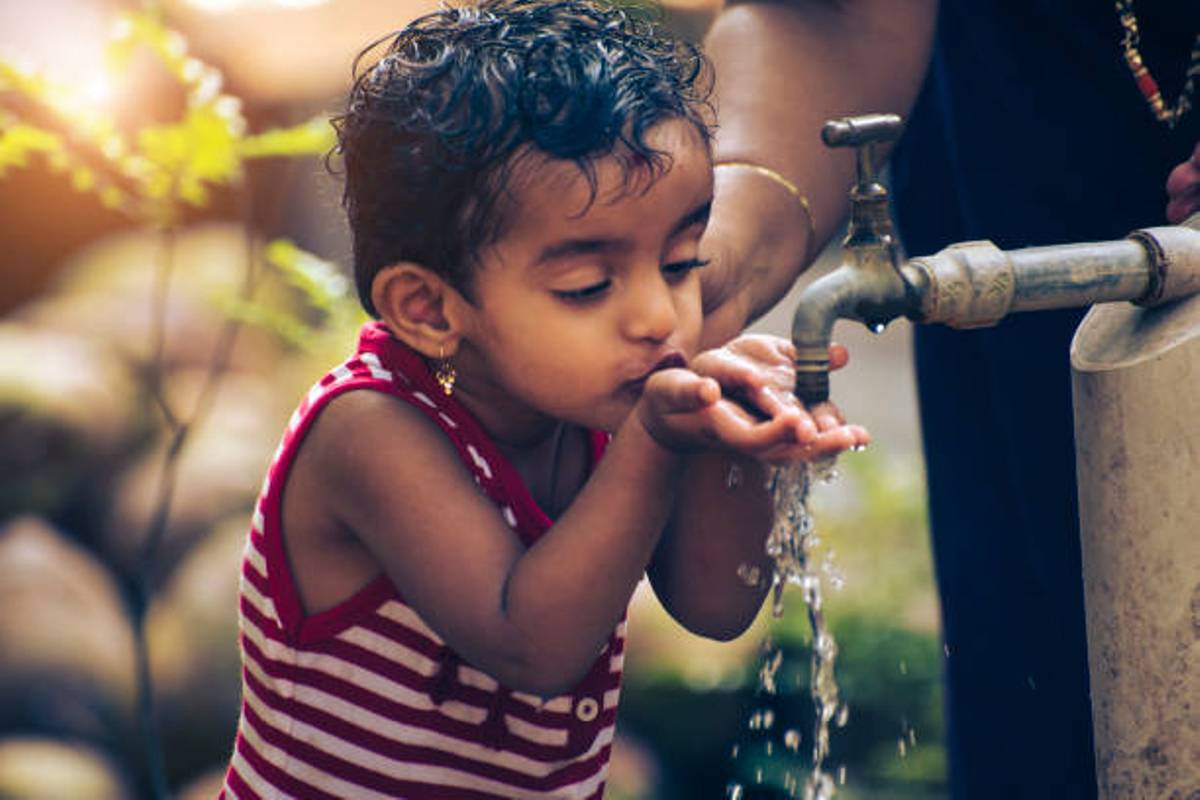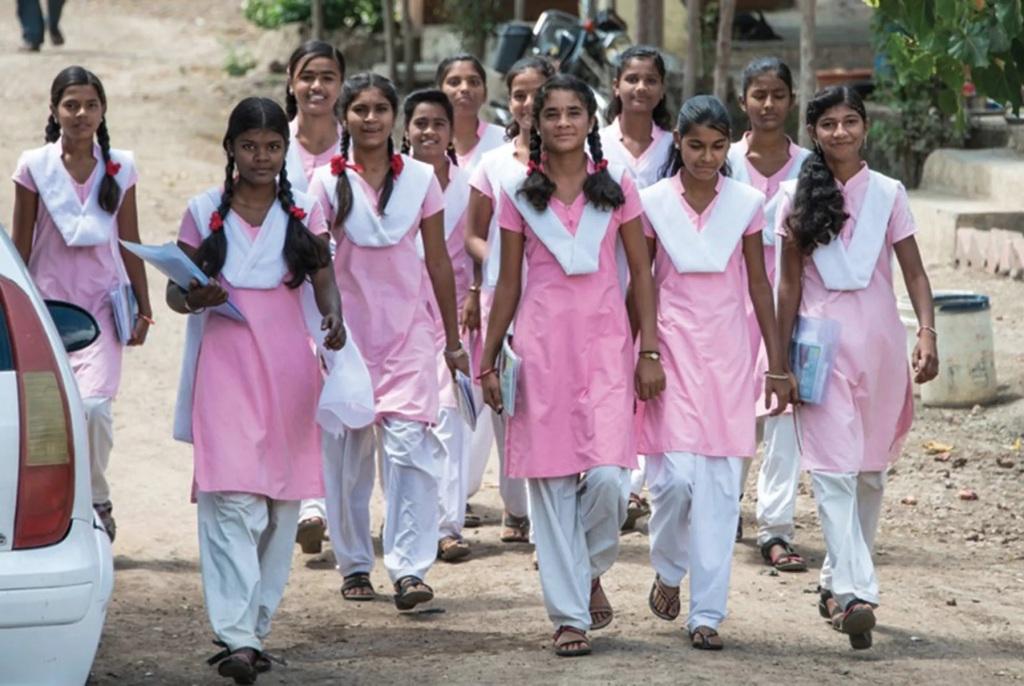New Delhi, 3 September 2020: In his last Mann Ki Baat on August 31, Prime Minister Narendra Modi reminded the country that September would be observed as the nutrition month or Poshan Maah. While trying to underline the required attention to the issue of malnutrition in India, he said that schools should also provide nutrition cards to students along with the report cards.
In order to raise awareness about this issue, India has been observing September as National Nutrition Month for the past two years.
Without heightening awareness related to the importance of nutrition and making food accessible to the needy, India- a country where almost 50% of children are affected from one or the other kind of malnutrition- can’t get rid of this menace. Coming forward, several corporate have also lent their support to the government by investing resources and energy to fight malnutrition in the country. There are a significant number of Indian companies spending a good sum of money to make nutritious food available to children and women of the country.
However, given the current scenario, it seems that the Indian government and corporate players need to give an extra push towards the cause to help India fulfill its commitment made under the Sustainable Development Goals (SDG).
What is Sustainable Development Goals (SDG)
The Sustainable Development Goals, also known as the Global Goals, were adopted by all United Nations Member States in 2015 as a universal call to action to end poverty, protect the planet and ensure that all people enjoy peace and prosperity by 2030.
SDG Global Target 2.2 says, "By 2030, end all forms of malnutrition, including achieving, by 2025, the internationally agreed targets on stunting and wasting in children less than 5 years of age, and address the nutritional needs of adolescent girls, pregnant and lactating women and older persons."
There are four indicators in SDG 2.2 which deal with specific targets. Read the explainer to understand each target and the reason behind setting a particular target.
Indicator I: Percentage of children under age 5 years who are stunted
Present Status: Around 34.7 per cent of children under 5 years of age are categorised as stunted in India as per the Comprehensive National Nutrition Survey (CNNS) Report 2016-18 of the Ministry of Health and Family Welfare.
India’s aim is to reduce it to 2.5 per cent.
Why has India set a target of reducing it to 2.5 per cent?
As per the World Bank database, as of 2017, in high income countries, 2.5% children under the age of 5 years are stunted. Given that this is the lowest stunting rate in the developed world, it has been set as the target for India to achieve by 2030.
Indicator II: Percentage of pregnant women aged 15-49 years who are anaemic
Present status: As per National Family Health Survey IV, almost 50% of the pregnant women aged between 15 and 49 years are anaemic.
India aims to reduce it to 25% by 2025.
Why has India set a target of reducing it to 25.15 per cent?
The WHO targets a 50% reduction of anaemia in women of reproductive age by 2025. Hence, 50% of the India value as of 2015-16 has been set as the target for 2025.
Indicator III: Percentage of children aged 6-59 months who are anaemic (Hb g/dl)
Present status: Around40.5% children aged 6 - 59 months are anaemic.
India’s national target under SDG is to bring it down to 14% by 2030.
Why India’s target is 14%?
As per the World Bank database, in 2016, the rate of prevalence of anaemia among children (percentage of children under 5) in high income countries is 14%. Given that this is the lowest prevalence rate of anaemia among children in the developed world, it has been set as the target for 2030.
Indicator IV: Percentage children aged 0–4 years who are underweight
Present Status: Around 33.4% children aged 0 to 4 years are underweight in India.
India wants to bring it down to 0.9% by 2030.
Why does India want to bring it down to 0.9%?
As per the World Bank database, as of 2017, the prevalence rate of underweight among children (percentage of children under 5 years) in high-income countries is 0.9%. Given that this is the lowest prevalence rate of underweight among children in the developed world, it has been set as the target for India to achieve by 2030.









.jpg)




